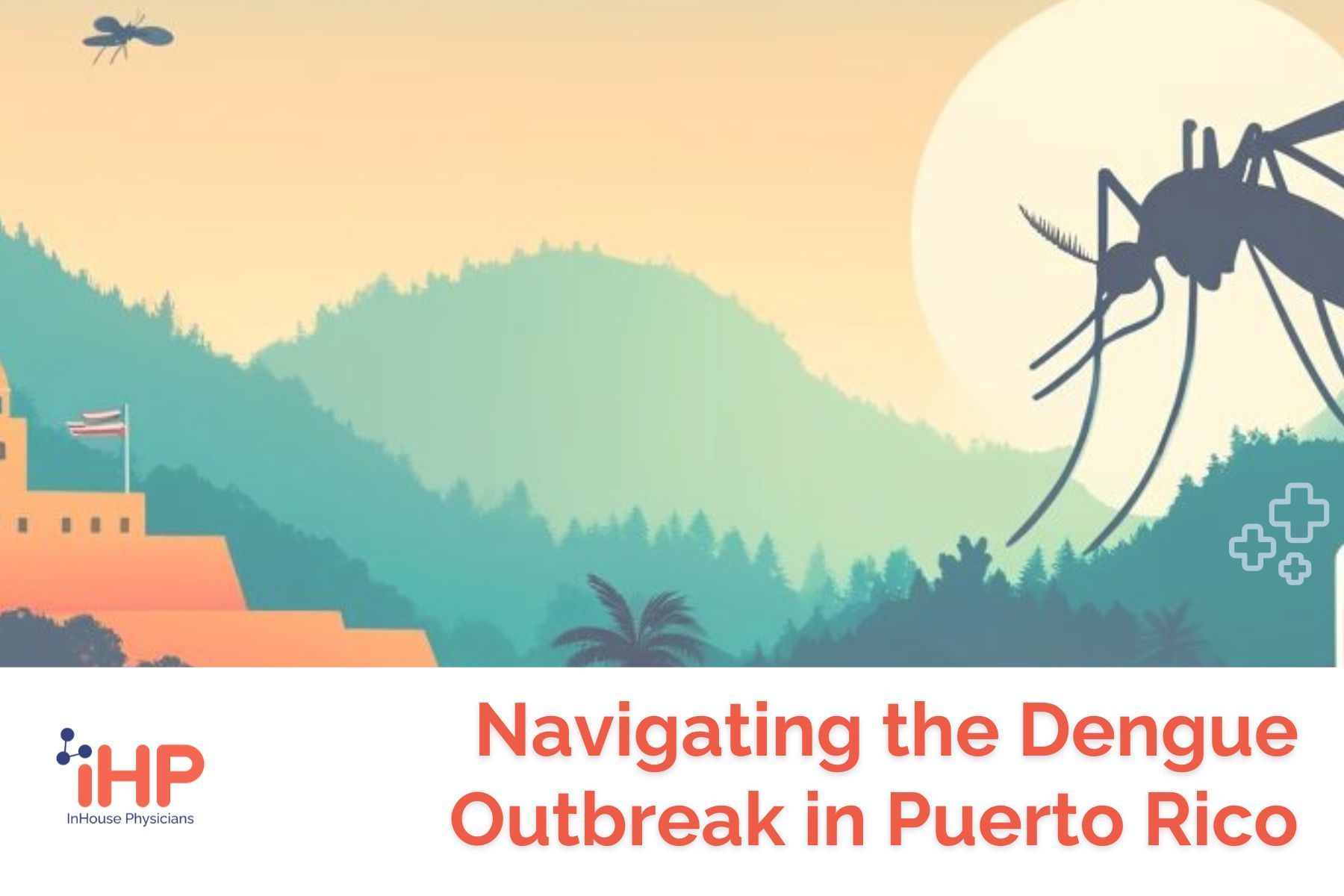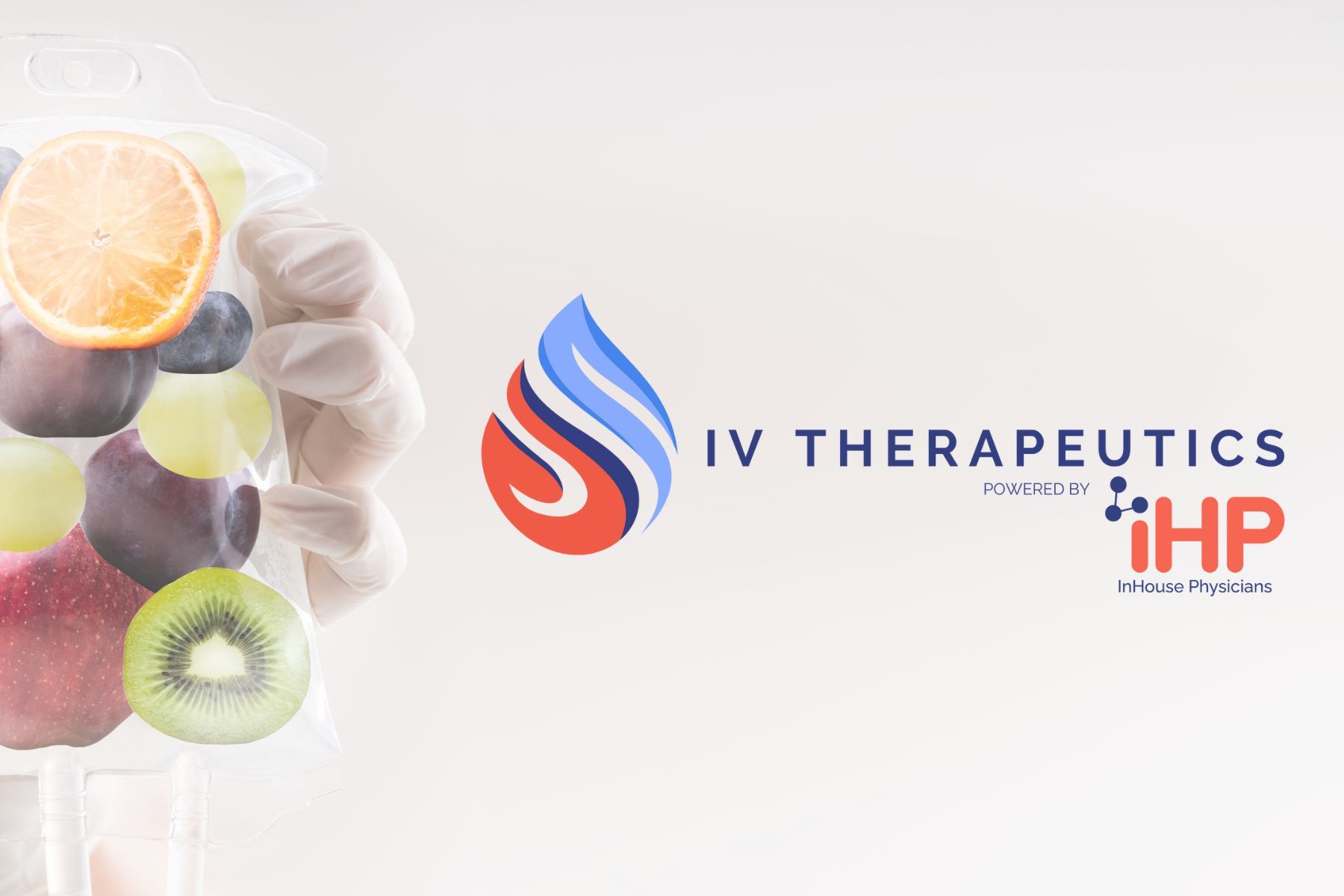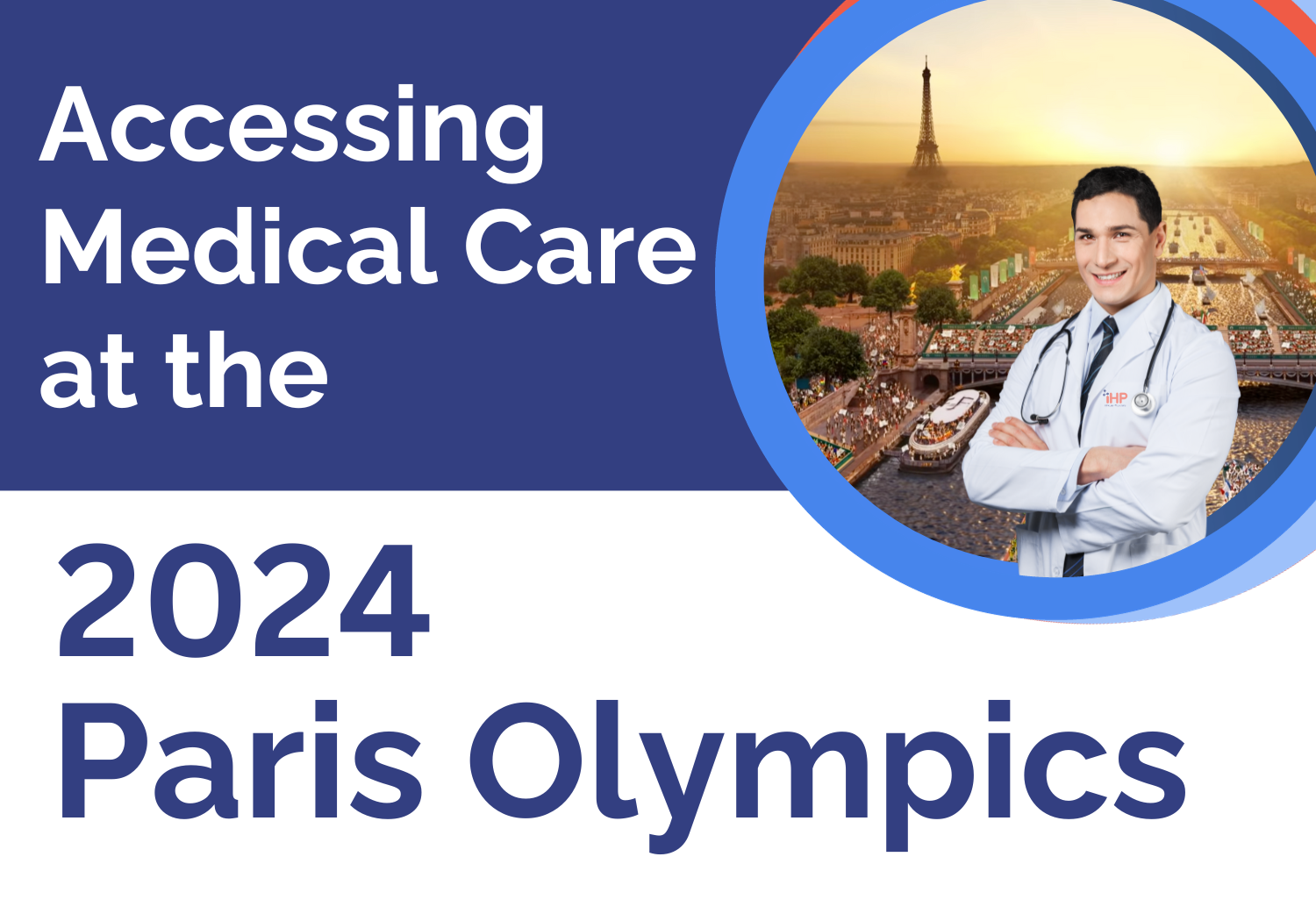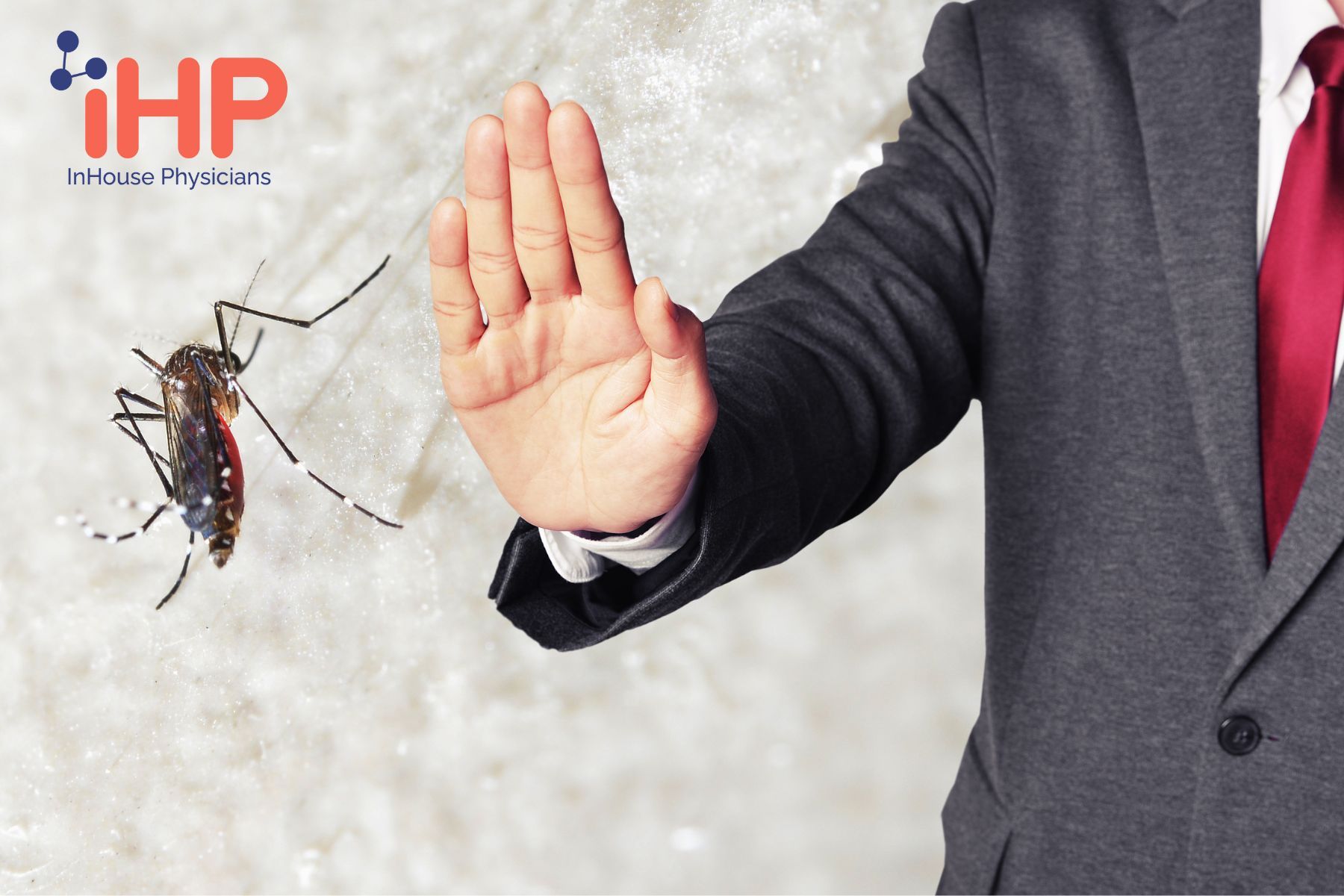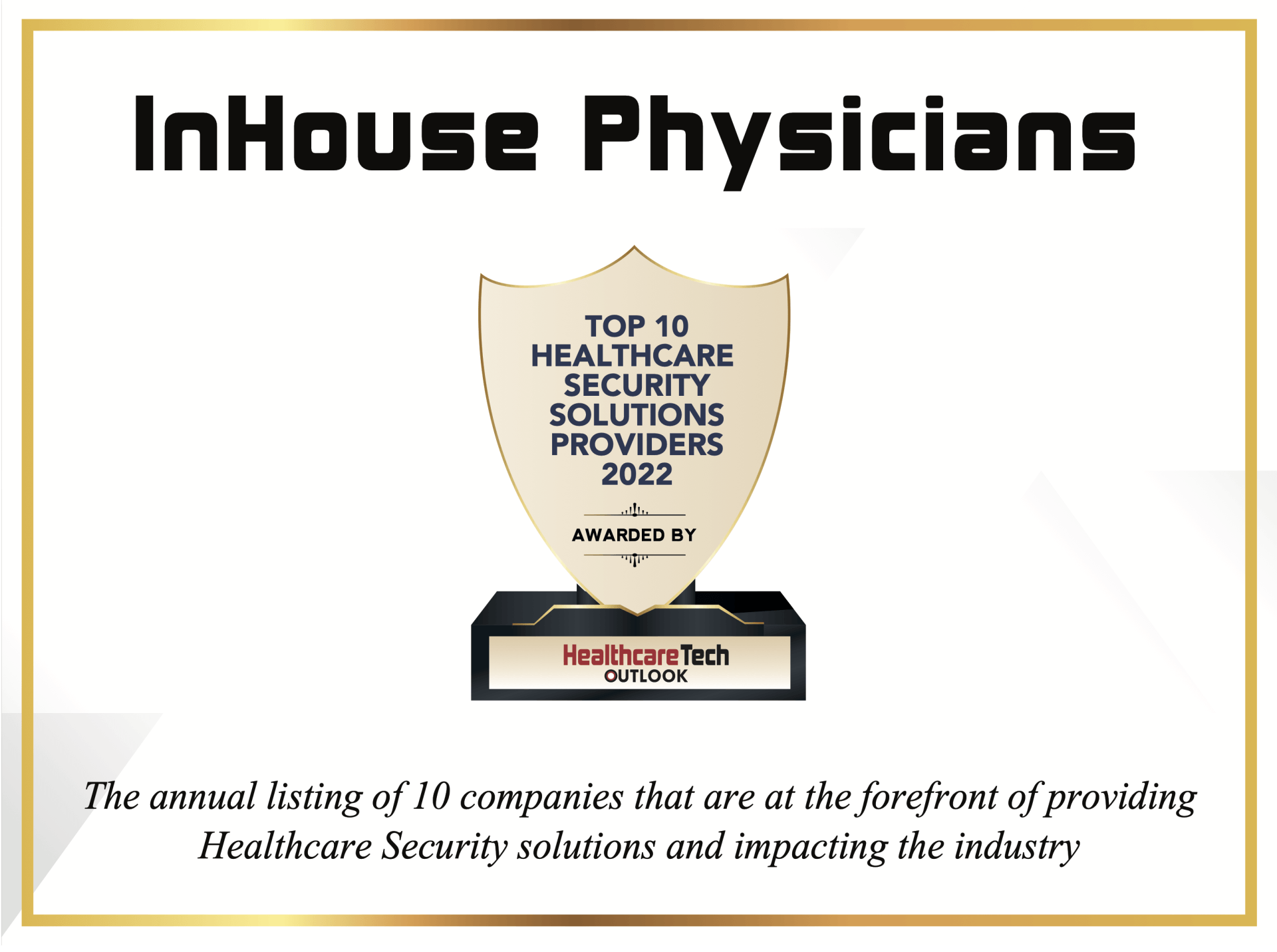
Every meeting professional wants things to get back to normal as soon as possible. The pandemic has been particularly painful for the meeting industry. However, is “back to normal” going to be possible? Or do we have to embrace that we must accept a “new normal” in the industry?
By all accounts, this crisis will diminish in the coming months and stakeholders will start holding meetings again. However, this virus is not going away anytime soon. Further outbreaks may continue to occur for the next year as the virus spreads through the entire global population. And even if the virus magically disappeared today, the persistent fear of this virus will linger like a bad hangover on the meeting industry for quite some time.
A “new normal” is the best we can expect. And this “new normal” must address something most planners rarely prioritize on their precon checklist
- “Health Security”
Why? Because the Covid-19 crisis is due to only one thing -
health insecurity . And just like any other type of attendee risk, it must be faced head on with a plan that mitigates the threat. Only then, will stakeholders’ hosting meetings start to feel safe again.
Of course, every planner considers the health of their attendees a priority . However, in practice, they rarely take action to support the
Health Security of their meeting. And though, in the past, this has been acceptable, the “new normal” we are living in demands more from planners. So what does an effective
Health Security plan look like for the meeting industry? What will it take to demonstrate to your clients that you understand the “new normal” and are addressing the risk?
An effective
Health Security plan must include all of these three foundational elements:
- Prevention
- Detection
- Medical Response
________________________________________________________________________
Below are six strategies guided by these three foundational elements that planners may want to consider when creating a Health Security plan for their upcoming meetings.
1. Sick Attendee Policy
The most effective way to protect your meeting from exposure to Covid-19 is to keep ill attendees from coming to the meeting. How do you do this? Sit down with your client well before the program and encourage them to set a clear and effective sick attendee policy.
- Invite stakeholders in your client’s organization including human resources
- Develop clear communications outlining the policy
- If you are sick, stay home
- If you get sick at the meeting, stay in your hotel room
- Create a mechanism for monitoring and enforceability
2. Disinfection Plan
Respiratory droplets spread Covid-19 from person to person. These droplets land on surfaces when someone is breathing, speaking, or coughing. Other people in the area then touch these droplets with their hands and later touch their face infecting themselves. Therefore, frequent disinfection of surfaces is another powerful way to protect your attendees from Covid-19 infection.
- Schedule cleaning/disinfection of all meeting surfaces at least twice a day
- Shared attendee surfaces should be cleaned more frequently
- Hand Sanitizer stations next to all meeting areas and meal locations
- Individual hand sanitizer placed in each registration packet
3. Temperature Checks
Fever is the most common symptom associated with a Covid-19 infection. Temperature checks are an efficient way to screen attendees who are coming to the meeting. They are quick, non-invasive, and easy to perform for large groups.
- Engage a 3rd party to perform temperature checks
- Consider screenings at the registration desk and during general sessions
- Utilize infrared no contact thermometers
- Get results in 1 to 2 seconds
4. Wellness Program
Every human is exposed to hundreds of viruses a day. Our most powerful defense from these infectious agents, and the reason we don't get sick more often, is our magical immune system. So what can planners do to strengthen attendees’ immune system? It turns out that y our lifestyle choices can affect how well your immune system can protect you from viruses. Create a wellness program for your meetings. This wellness program must include components that supports the following:
- Sleep
- Healthy Nutrition
- Stress Management
The “new normal” elevates wellness programs at the meeting to more than a “feel good” offering. It can actually reduce the risk of your attendees’ coming down with a flu like illness such as Covid-19.
5. On-Site Medical
One of the three elements of an effective Health Security plan is the “Medical Response”. To respond to the needs of ill attendees, planners must demonstrate to attendees that they have taken the extra step to ensure that sick attendees have access to high quality, convenient, and cost effective healthcare during the meeting. What are the options planners have at their disposal?
- On-Site Medical Care - This can be delivered by vendors such as InHouse Physicians in a cost effective and scalable manner that meets the needs of your group.
- Local Urgent Care - Planners can build a relationship with an urgent care close to the meeting venue. I would encourage NOT to rely on emergency rooms which are expensive, full of patients with infectious diseases, and very inconvenient.
- Telemedicine - This can be a practical way to address attendee health issues, however, it does not satisfy the ability to perform Covid-19 testing on-site.
Whatever option you choose, it should ideally have the following capabilities:
- Ability to provide medical evaluation for flu related illnesses
- Ability to perform rapid Flu and Covid-19 testing
- Ability to prescribe (and dispense) medications
- Ability to dispense masks for respiratory illnesses
6. Communication Strategy
Clear communication needs to be established with attendees and other meeting stakeholders. This communication should focus on the three elements of
Health Security -
Prevention, Detection, and Medical Response.
a)
Outline the communication channels available to reach attendees– i.e. email, Intranet postings, fliers, posters, videos, blog posts, FAQs and have a "source of truth" resource where employees can go to for the latest updates (this could be a company intranet site or a physical location such as a bulletin board).
b)
Partner with legal, human resources (HR) and other key leadership for timely review and approval of all messaging and materials prior to distribution.
c) Designate a point person to stay on top of developments, manage the communication process, and receive and respond to employee concerns.
- Establish a line of communication for attendees to submit questions related to prevention and preparedness and post answers to questions that may be of general interest.
- Establish go-to resources to help distribute key messages and answer attendee questions / concerns.
d) Carefully consider your messaging – state the facts, outline the impact, share Health Security measures being taken:
- Provide ongoing assurance that the organization is safeguarding attendee health in a manner that is appropriately respectful of everyone's privacy.
- Review communications for content and tone – don't trivialize or escalate attendee concerns, and be sure to collect / respond to feedback.
- Place links to official news sources such as the World Health Organization (WHO) or Centers for Disease Control (CDC) on select communications.
- Provide FAQs, talking points and other information to arm go-to resources with facts and information for your attendees.
f) Redirect more complex questions to your client’s HR team.
In summary, the meeting industry does not have the luxury of sitting back and waiting for things to return to normal. The “new normal” necessitates taking proactive measures to reassure organizations that it is safe and responsible to have meetings again. The concept of
Health Security
has traditionally been one associated with public health. However, because of the Covid-19 pandemic, the meeting industry must prioritize
Health Security
as an achievable goal for every meeting and event.
This new priority is not solely for the purpose of ensuring the health of the meeting industry, but also to protect the world. To be very clear, the meeting industry is perfectly designed for the spread of pandemic viruses by encouraging global travel and meetings which brings millions of people together to connect. Therefore, the meeting industry also has a moral obligation to be a part of the solution in containing Covid-19 by partnering with the public health community to promote Health Security.
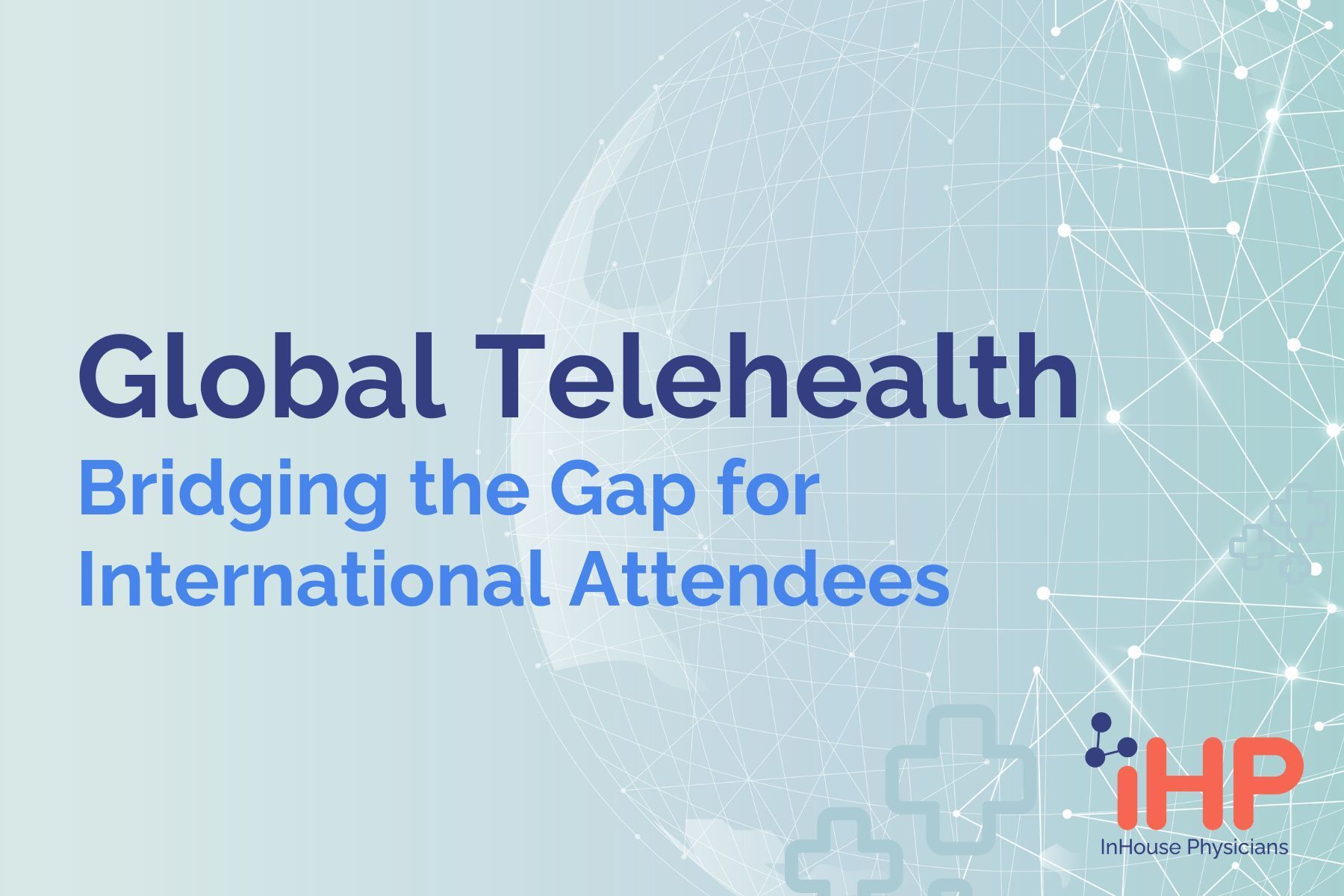
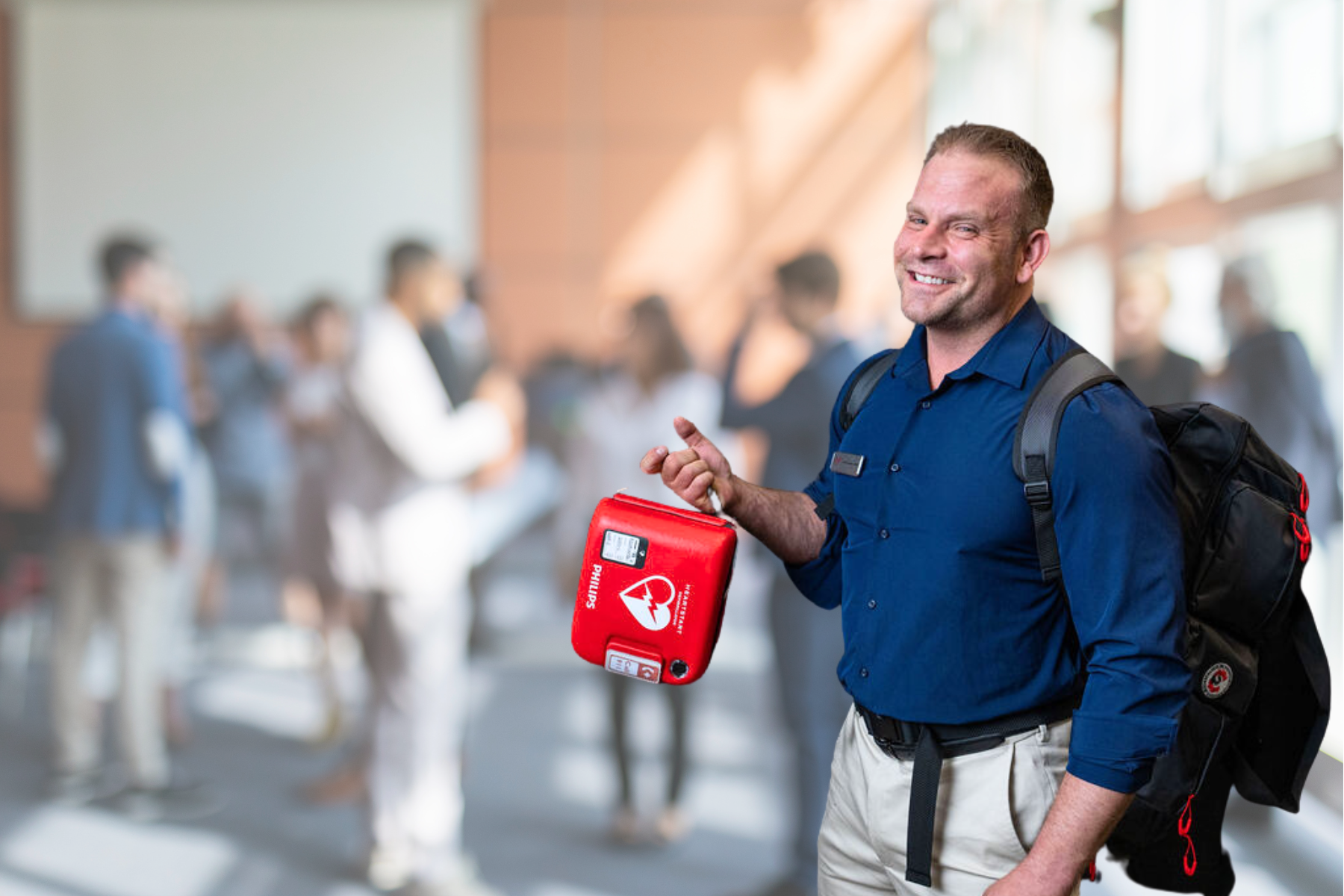



InHouse Physicians.
Join our mailing list
Mailing List Subscribers
Thank you for contacting us.
We will get back to you as soon as possible.
Please try again later.




